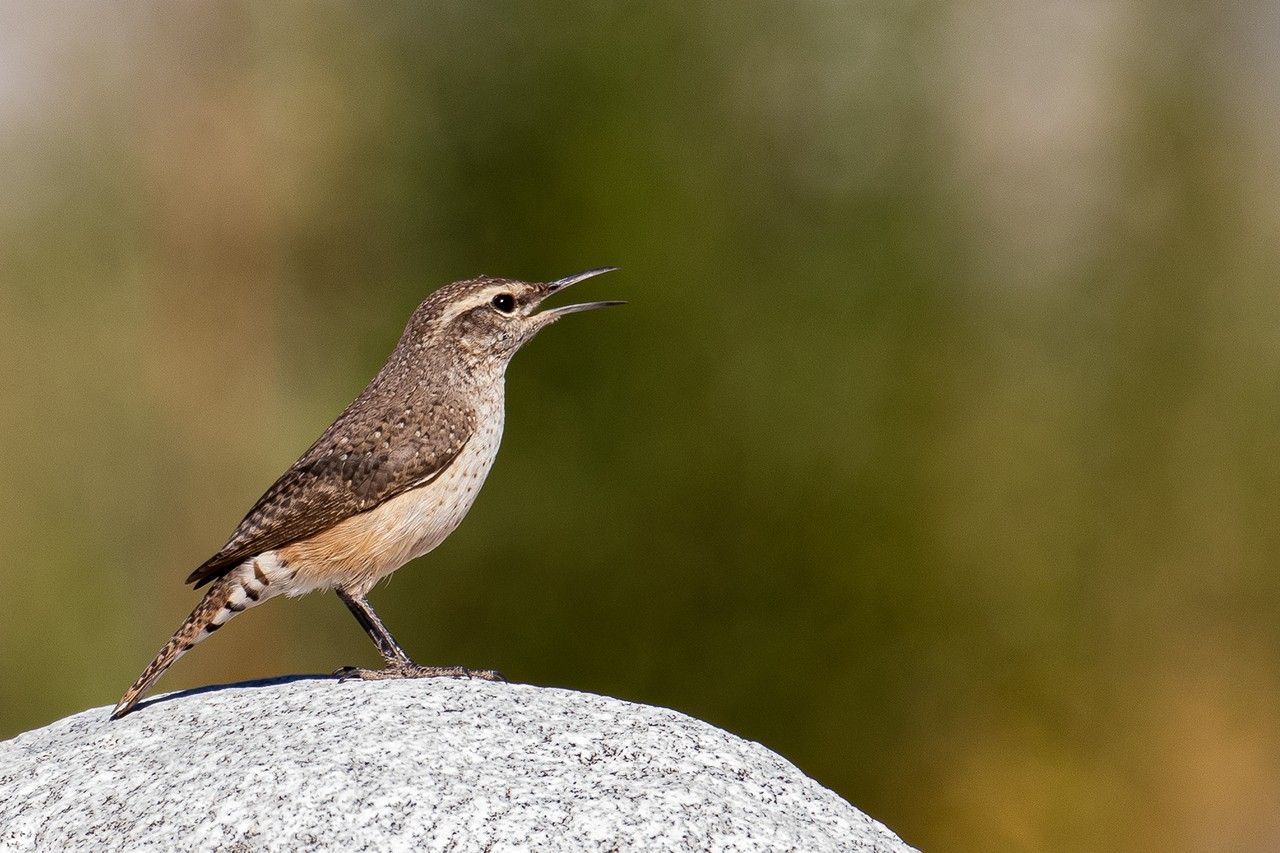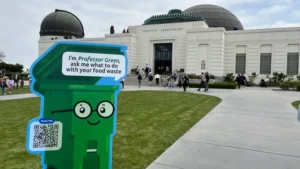Key Takeaways
- 75% of bird species studied are in decline, indicating a significant threat to North American avian biodiversity.
- The combination of citizen science data with NASA satellite observations has improved bird population modeling and mapping.
- Despite challenges, opportunities for conservation exist, with population increases identified in 97% of the species studied.
Through the eBird citizen scientist program, the Cornell Lab of Ornithology has gathered extensive observational data from millions of bird enthusiasts. In collaboration with NASA, researchers have now analyzed this data to model and map trends in bird populations across nearly 500 North American species.
Led by Alison Johnston from the University of St. Andrews, the team’s findings, published in Science, reveal that 75% of the studied bird species are experiencing declines. However, the study also presents encouraging results that could guide future conservation efforts.
Keith Gaddis, manager of NASA’s Biological Diversity and Ecological Forecasting program, highlighted the significance of this project, stating it demonstrates how blending in-situ data with NASA’s remote sensing capabilities enables the documentation of biological phenomena previously unseen. This data offers actionable guidance to land managers aiming to mitigate biodiversity loss.
The research team, which includes experts from Cornell, the University of St. Andrews, and the American Bird Conservancy, utilized data from NASA’s Moderate Resolution Imaging Spectroradiometer (MODIS) to differentiate various bird habitats such as open forests and herbaceous croplands. They also analyzed NASA’s weather and water data that corresponded with the timing of eBird reports.
Coupled with a comprehensive 14-year set of eBird checklists—encompassing 36 million observations—the satellite data allowed for a robust assessment of bird population health. However, the dataset had limitations, as it included observations from both expert and novice birders, resulting in inconsistencies and gaps.
To address these gaps, researchers implemented machine learning techniques to simulate bird populations in unobserved areas. “For every species, we’ve created simulations mimicking responses to environmental changes,” explained Johnston.
With unprecedented spatial resolution, the researchers were able to focus on areas measuring 12 by 12 miles—similar in size to Portland, Oregon. This advanced approach to population tracking can be applied to citizen science data globally, according to expert Daniel Fink. “We’re now modeling bird populations consistently across years, marking a significant advancement,” he noted.
Cornell science product manager Tom Auer emphasized that this methodology aligns citizen science data with traditional surveys, enhancing its reliability for conservation efforts worldwide.
North America has lost one-quarter of its breeding birds since 1970, mirroring a global trend. Declines can be attributed to various factors, including pollution, habitat loss, climate change, and diminished food sources. Identifying critical habitats and assessing bird populations are essential for effective conservation.
The study highlighted that for 83% of the species examined, the most significant declines occurred in previously abundant populations, illustrating habitat challenges. Despite these declines, Johnston noted, “there are still areas of hope where populations are rising.” Indeed, increases were observed in 97% of the studied species, emphasizing potential for positive conservation outcomes.
“This research will facilitate the strategic identification of effective, targeted interventions for bird conservation,” said Amanda Rodewald, a Cornell conservationist. “It represents a transformative shift, allowing us to pinpoint where we can make the most significant impact in reversing bird population declines.”
By Karen Romano Young
NASA Headquarters, Washington
The content above is a summary. For more details, see the source article.















